Campaign to rebuild Japanese teahouse seeks to right historical wrong
- Stephanie Harrington
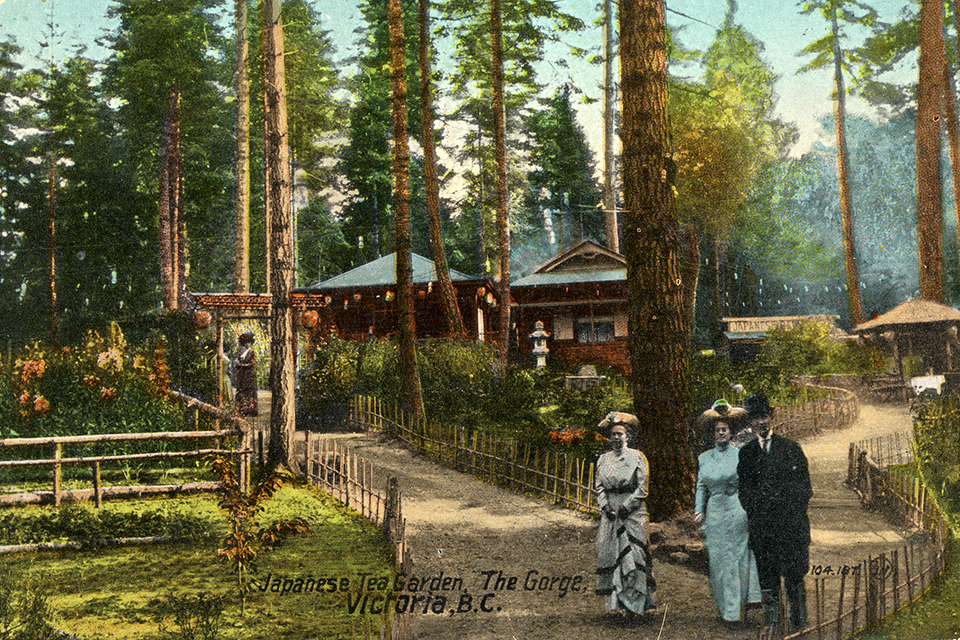
At its peak, Canada’s first Japanese garden and teahouse, located in what is now Esquimalt’s Gorge Park, attracted thousands of visitors. They came to admire the hundreds of Japanese lanterns hung throughout grounds dotted with bonsai and cherry trees. They ate in the open-air dining room or sipped tea in booths embellished with traditional sliding windows. They celebrated special occasions in the dance hall and rode the merry-go-round.
But when the tea gardens’ owners, brothers Hayato and Kensuke Takata, were sent to internment camps in 1942—along with thousands of other Japanese Canadians who were forcibly displaced during the Second World War—local residents helped loot and destroy the once-treasured site.
Newly uncovered documents from UVic’s Landscapes of Injustice team, a multimillion dollar research project focused on the dispossession of Japanese Canadians in the 1940s, reveal the extent of the damage.
Wanton destruction
Research coordinator and UVic historian Kaitlin Findlay said government records detail what one official called the “wanton destruction” of the popular tea gardens. Vandals and looters stole plants, broke furniture, demolished structures, tore shingles from roofs, removed light fixtures and ripped electrical wires from walls. “The place is just a wreck,” an official wrote.
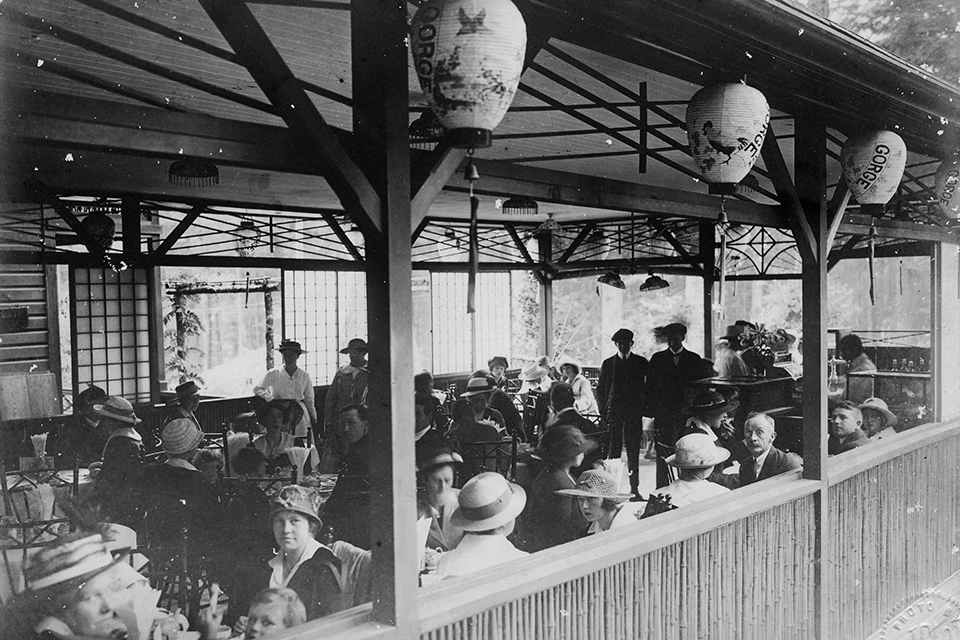
It took 35 years to nurture the tea gardens, which opened in 1907, and mere months to destroy what the brothers had built—an act of racism that severed the Takatas’ last tie to their adopted city. They moved to Toronto to start over after the war.
Although the Takatas left the property in the care of friends, Findlay says the federal government was responsible for protecting the business while its owners were interned.
“Local residents were coming and decimating a place that had once been part of a vibrant community,” Findlay says. “It was an act of erasure that removed a landmark of Esquimalt and Victorian history.”
Chance to right historical wrong
The story is all too familiar to Victoria Nikkei Cultural Society president Tsugio Kurushima, whose mother, father and two eldest siblings were living in Vancouver when they were forced to move to an internment camp.
“It’s another example of the injustice that was done to Japanese Canadians,” Kurushima says.
Kurushima credits the Township of Esquimalt with making an effort to recreate the Japanese garden although it’s not “the scale or grandeur of the original one.”
The cultural society, with the support of Landscapes of Injustice, is leading a push to rebuild the teahouse in Esquimalt Gorge Park with money from Esquimalt’s $17 million McLoughlin Amenity Funds.
We believe we have an opportunity to go one step further to really make amends for what happened in the past and build something that will be used and useful for the future.
—Victoria Nikkei Cultural Society president Tsugio Kurushima
Bring vitality back to Gorge Park
The public has until mid-September to vote in a survey whether the funds should be used to rebuild the teahouse, which is listed as an option among other possible amenities.
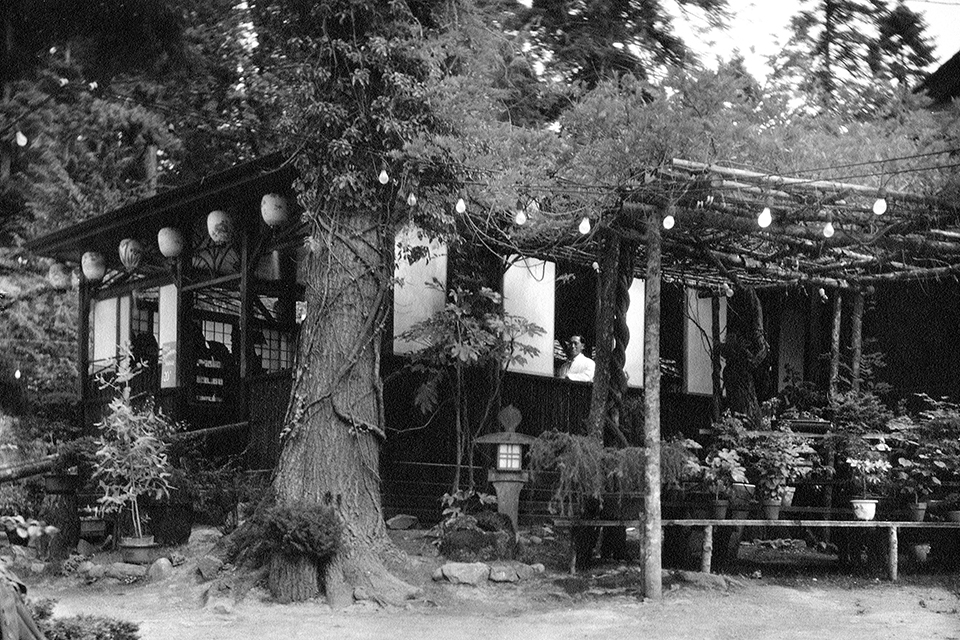
Kurushima is confident the teahouse can serve as a community facility. And he hopes the campaign will bring awareness to the story of 273 people with Japanese ancestry who lived in Victoria at the time of internment—none of whom returned after government restrictions were lifted.
“That is why early Japanese Canadian history in Victoria is not well-known or preserved,” Kurushima says. “We’re starting this awareness campaign so at least people understand the significance of the teahouse item when they do the survey.”
Findlay, meanwhile, said rebuilding the teahouse would be an “optimistic project.”
“It’s about correcting that act of erasure. It’s also about bringing the vitality to Gorge Park that the teahouse once did.”
Find out more
Photos
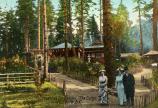

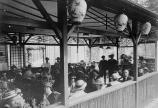

In this story
Keywords: community, war, history, research, Landscapes of Injustice
People: Kaitlin Findlay
Publication: The Ring




